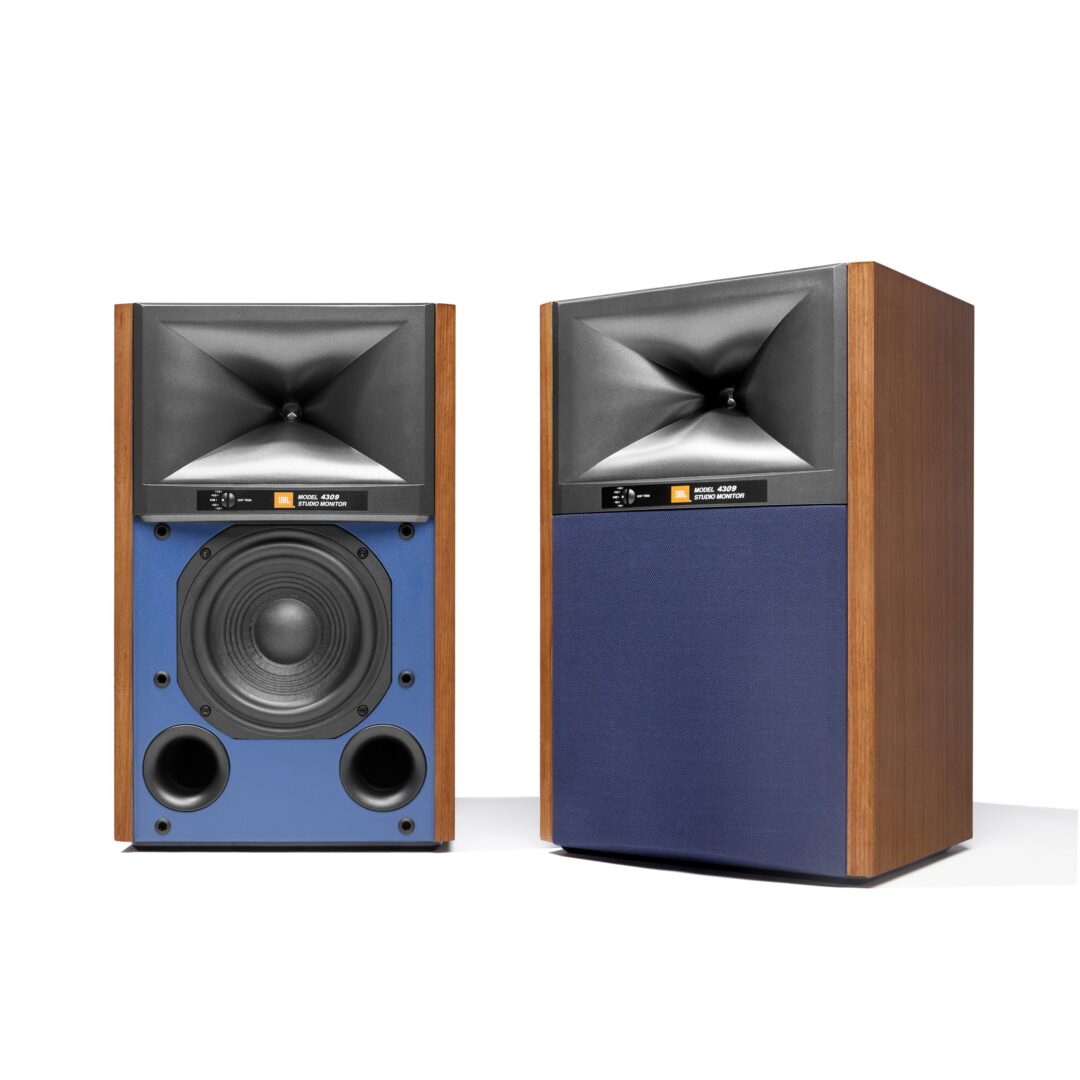After massaging my soul with James Blake’s latest album, I felt for a break in style. Not because it was tiring to listen to Blake, but mostly because the mood was more towards pleasant background music.
But when Brad Mehldau started Nick Drake’s Things Behind The Sun, solo on stage at Sumida Triphony Hall in Tokyo, I had to get back on the couch. I did not expect the piano concerto that I had heard so many times before to sound so violently three-dimensional and open on the small speakers.
The relatively compact JBL Synthesis 4309 is almost a miniature version of the towering 4367, which with a 15-inch woofer and a weight of just over 50 kilos, can not exactly be called a bookshelf speaker.
But it can 4309, even if it is not as compact as a pair of Dynaudio Evoke 20, or a pair of KEF LS50 Meta. But then it does not quite resemble either of the two either.
The resemblance to the 4367 is not accidental. They both belong to JBL’s Synthesis series with so-called studio monitors, and the small 4309 has a smaller version of JBL’s HDI horn, but otherwise the principles are the same.
Basically, it is the physics, besides the price of course, that are the fundamental differences.
.
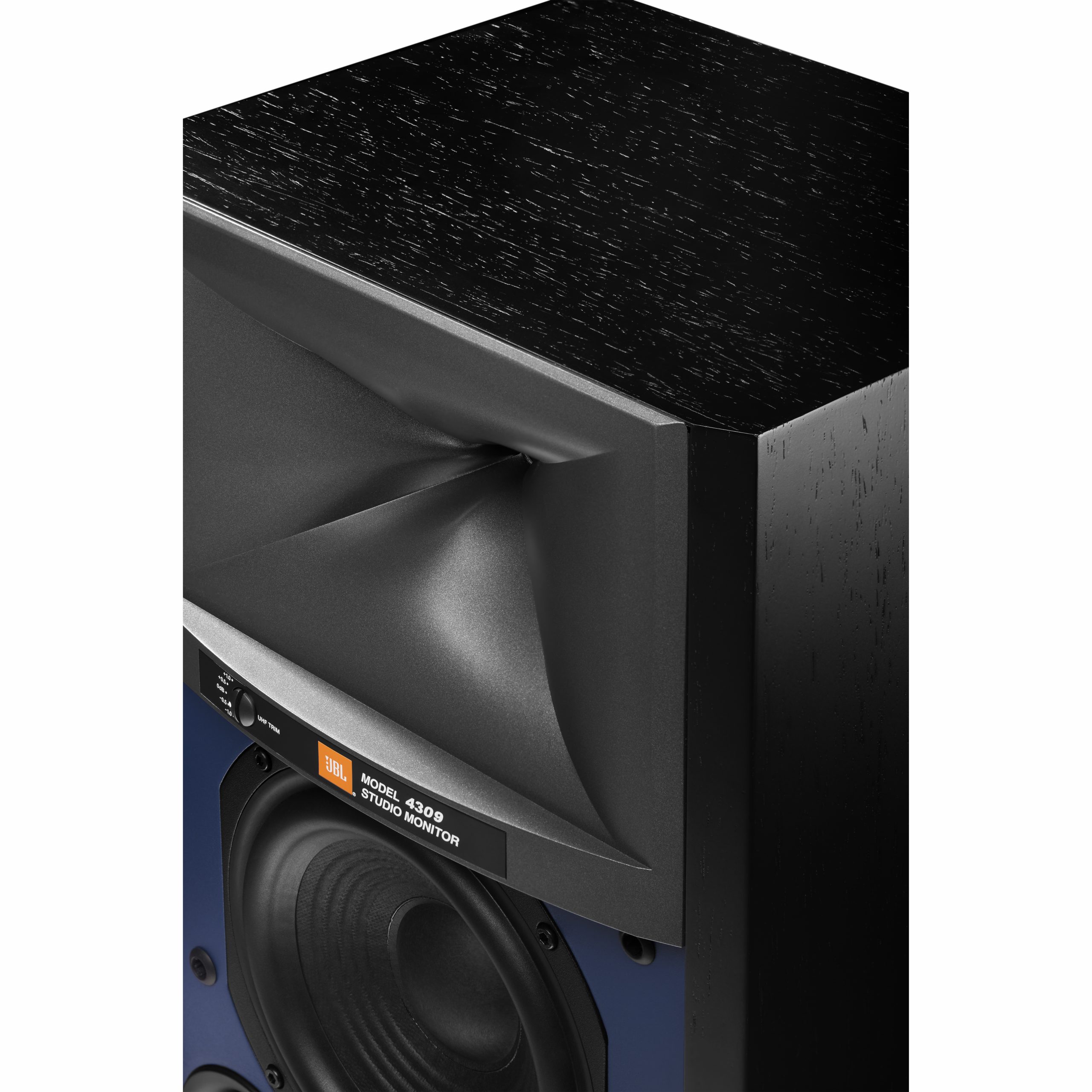
Mini compression horn
The speaker’s compact 2410H-2 compression horn has a 25 mm diaphragm at the throat, where the geometry is shaped for a uniform frequency response. The treble level can also be attenuated or raised ± 1 dB, with a small L-pad in front.
The HDI horn is paired with a 16.5 cm woofer with a fiber diaphragm, a 1.5 inch wide voice coil, and aided by two small bass reflex ports under the detachable fabric grille.
If take off the grills, you see the ports on the classic blue color baffle that JBL has always used on the studio speakers, but it is not often we see such small woofers in a studio speaker from JBL.
The woofer has a long stroke, and the voice coil has the same flux ring we know from previous tests of JBL Synthesis, which concentrates the magnetic field. The element uses a ring of copper, a material that withstands heat well, without distorting.
The small JBLs are wider than they are deep, and can be easily be placed near the back wall. The first weeks of the test they played on a Hegel H190, before we took to more powerful measures, but they are relatively easy to drive and play excellently with a 50 watt, as long as it has enough torque.
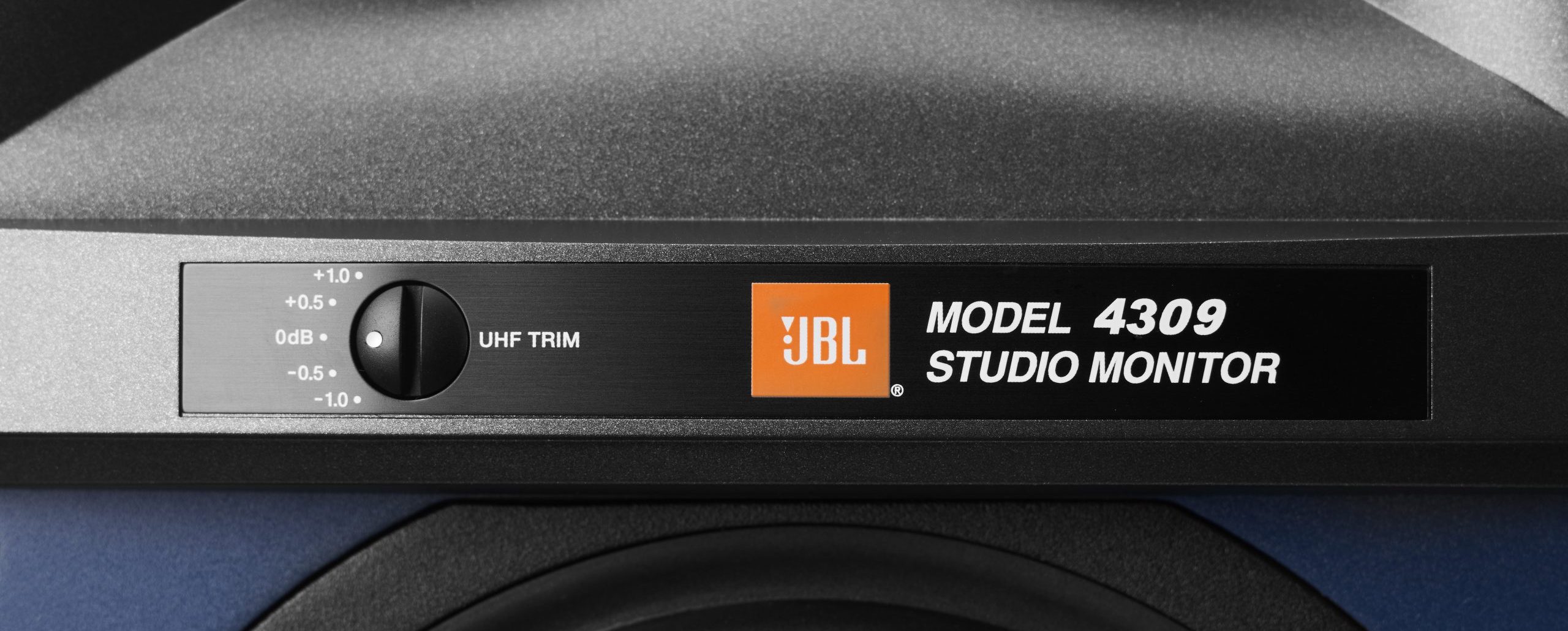
That concert experience again
But back to the concert recording with Brad Mehldau. Because after Steely Dan disappointed with the recording quality of Black Cow from the live album Northeast Corridor – even though the song is good – I rather enjoyed myself with James Blake’s album Friends That Break Your Heart. There is both the music and the recording of a quality that is suitable for testing.
Where Black Cow sounded flat and lifeless, yes simply boring, Blake’s new album sounded fresh, dynamic and far more open. The title track was given a scale that far exceeded the size of the small JBL speakers. Which delivered amazingly rich dynamic bass. Nothong in the way of deep bass, but you feel the bass in the diaphragm when you play loud.
Very fun indeed, and the speakers engaged me so much that I just as well turned up the volume even more. That was exactly what I also had to do when the piano notes from the Nick Drake song softly floated out of the small speakers.
Having the music on in the background was suddenly ruled out. For what in the world was this?
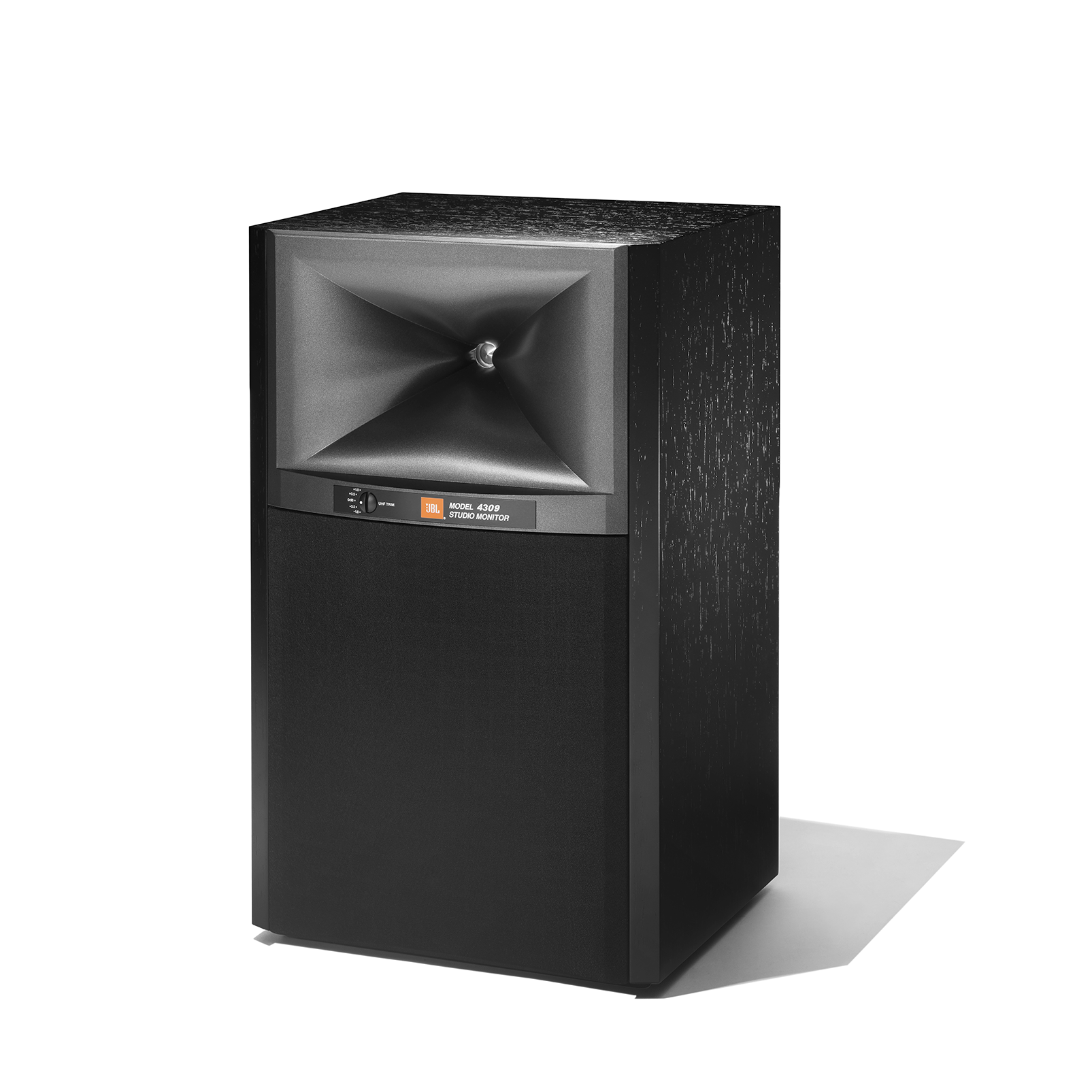
The small studio speakers had so far been most convincing with pop, rock and jazz. That is, music with drums, bass, guitars, synth and piano, among other things. The small woofers had even made the curtains flutter, from the percussion on Kari Bremnes Togsang, but this?
The piano sound really sounded like I think the technicians had intended. The scale and sound of the large concert hall was evident to the place in my much smaller listening room. The speakers did not quite grasp the depth of the lowest octave, but the depth of the piano sound was evidently present. The perspective was rock solid, and turned up the amplifier even more to check how loud I could actually play.
Loud. More than usual from such small speakers. And with more engaging bass than one would expect from a two-way bookshelf speaker.
There is always something to tinker with. Here too. Micro details in the midrange register sound excellently reproduced. Further up in the treble, they can occasionally appear a little coarse-grained, and in this configuration the treble is not as airy – as on a pair of 4367 for example. but I did not expect that either.
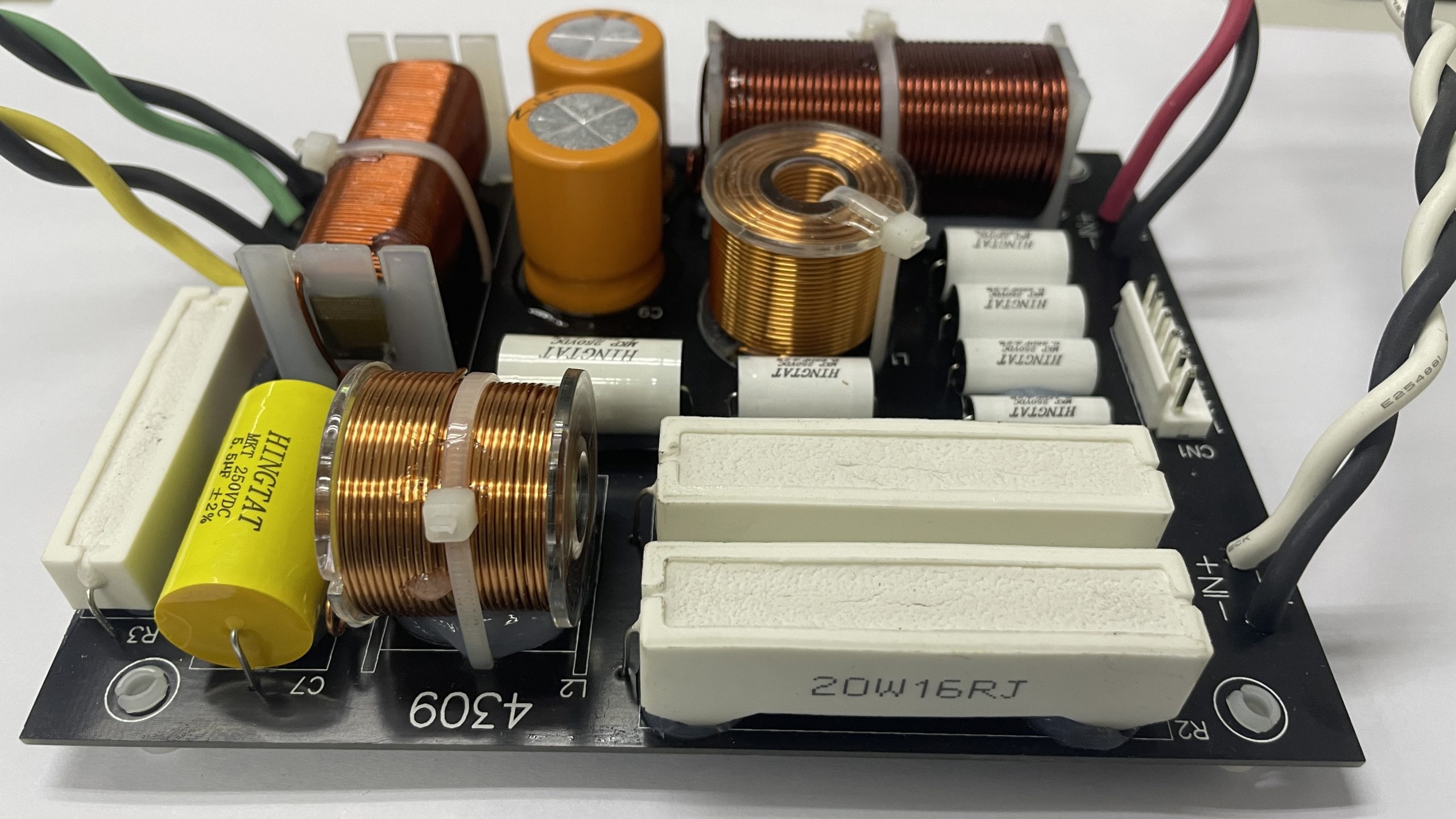
Competitors
It’s not just the KEF LS50 Meta and Dynaudio Evoke 20, which are close competitors to the 4309. JBL’s own L82 Classic, however, costs a little more, and delivers an even more adult soundscape, with more bass. KEF speakers are the best focused and perhaps the most balanced of these four, while the Evoke 20 sounds more airy and more refined.
Conclusion
The JBL Synthesis 4309 may be a small speaker, but they could fool us. Most of the time, they behave like a much larger, tougher and more dynamic speaker than you would expect when looking at the size of the compact case. Which among other things means that they can easily be placed close to the back wall, and fill a large living room more much more sound than most people need. But many want, without compromising on the furnishings in the home. Put a couple of these on a pair of solid racks, hook up a potent amplifier, pour yourself a glass and prepare your favorite music. I guarantee you will not get a dull second.
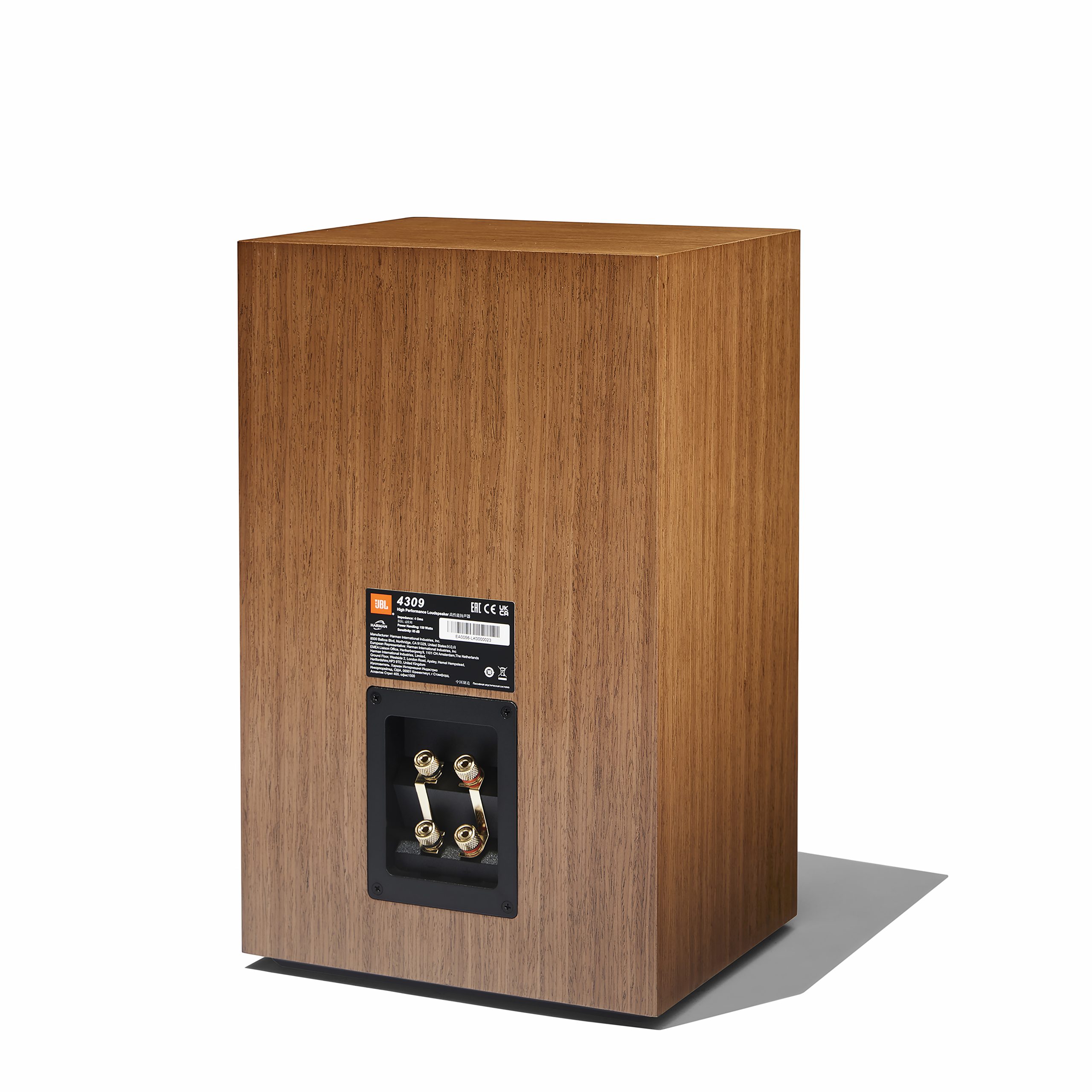

We think
Powerful tough sound with phenomenal bass dynamics, insight and timbre. No deep bass, and the may sound a little coarse when pressed.
1990 €
Specifications
- Type: 2-way compact speaker
- Woofer: 16.5 cm fiber diaphragm
- Tweeter: 2410H-2 25 mm Teonex with HDI horn
- Sensitivity: 87 dB
- Impedance: 4 ohms
- Frequency range: 42 Hz – 30 kHz -6 dB
- Crossover frequency: 1600 Hz
- Dimensions/weight: 41.9 x 26 x 22.7 cm/11 kg
- Finish: Walnut, or black veneer
- Web: jblsynthesis.com
